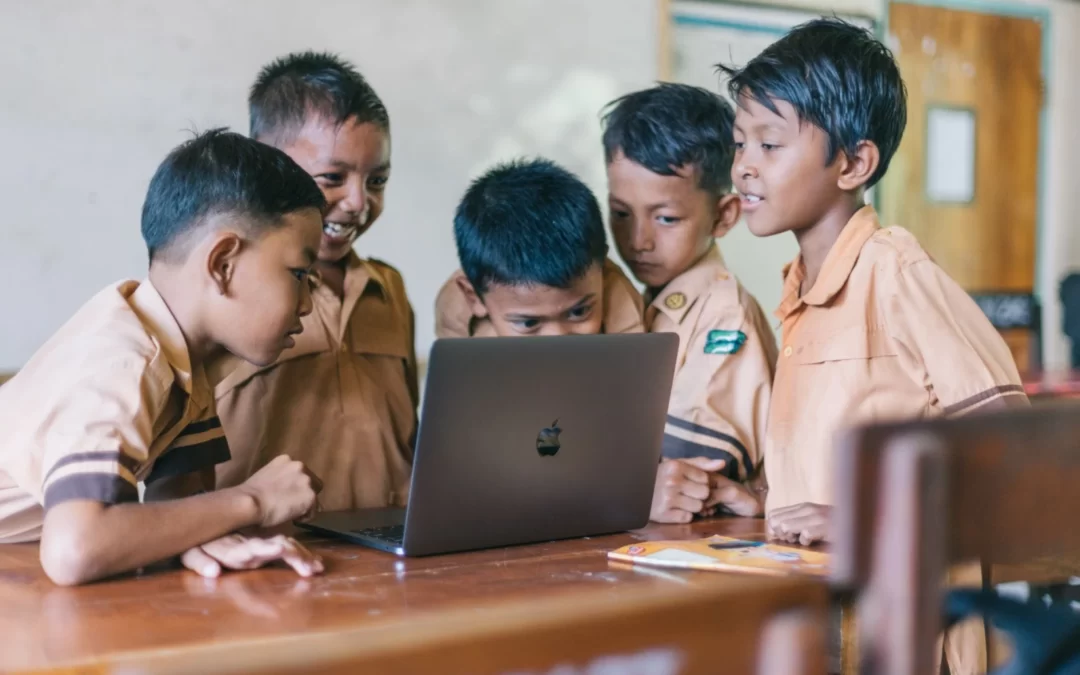Interview with Pradeep Tripathy: Founder of Green Yatra
WRITTEN BY
INCHARA
Pradeep Tripathy – Founder, Green Yatra
What is Green Yatra’s vision and mission?
Green Yatra’s vision is to make people aware of their responsibilities towards the environment and convince them to take initiative on the ground. Green Yatra studies, we do the R&D and we implement the same on the ground. Green Yatra originally only focused on tree plantation, water rejuvenation, and other projects but we quickly realized that this was not the solution. If we are producing more carbon and then plant trees, it’s counterproductive as a solution. We started a new project called sustainable solutions where we count what your carbon footprint is as a company or household unit and then suggest solutions to regulate it. We are looking to move into the wildlife space soon and are also looking at reviving 120 million hectares of India’s dead land which can also contribute to two to three percent of our GDP, creating jobs for a hundred million people. We started by taking 50 to 60 acres of dead land and revived it in 2-3 years; now we are taking up about a thousand acres of land and reviving it. There are international organizations that are reviving almost 3,000 acres of land with a cost of 700 crore rupees or more but Green Yatra is doing that at one-fourth of the cost. Green Yatra is working to make people aware and take action, that’s all.
for the urban forest project and within two to three months the plant growth was 4 to 6 feet. This was possible because we combined their methodology. did the R&D, and created our own version which works like magic.
Virtually, multiple things can be done. Since people are bored by webinars and lectures, we have been doing some experimentation and have partnered with companies to conduct some workshops. I am not a lecturer, I am a doer; what I create on the ground is magic. We have started segments on how to make Eco-bricks or how to create your own kitchen garden while explaining the purpose of doing these activities. You see ladies’ fingers in your kitchen. It actually takes 60 to 90 days to grow a plot of ladies’ fingers. When you grow these on your own you will be completely transformed. You will understand the value of it. You also get more time to spend with family especially now when our screen time is so long. The average Indian is spending about 3 to 4 hours on the mobile apart from screen time for office work. Our goal is to reduce that by 10% and help you use 30 to 40 minutes of that extra time to save the environment, learn how-to DIYs, and how to make the best out of waste. There is a lot of plastic material in and around your house and we will give you ideas over videos and you can create solutions offline. Create a kitchen garden, see how the experience changes you. I have seen a lot of people, especially children, who report positive experiences like “OK, this was the first time I did this on my own and it was the greatest gift for me”. Some parents have said, “I have never seen such joy in my son’s eyes’ ‘. When I myself grew chilies, I didn’t know that it took 90 days to grow them. I planted about ten seeds, only three or four germinated, and only one plant grew out of it. We were praying that it would not die and when it succeeded, we were happy.
So we can do these kinds of activities together, raise awareness about things like why we should plant native trees. The reason why we avoid non-native trees is because you won’t find any birds nesting on non-native trees. In Mumbai during the cyclone, around 1300 trees had fallen and out of them, 70% were non-native trees which are not good for our environment and biodiversity. Just like the saying “Har peeli ki sona nahi hoti”, all trees are not good for our environment. This way we can jointly share a lot of interesting information on social media that is important for the general public to know. We can help the public to learn fresh knowledge.
PRADEEP TRIPATHY

Greening the Assembly Line: Net Zero Practices in Factory Operations
Implementing SAP core services is a complex process that requires careful planning and execution. From defining business requirements to configuring the system and training end-users, there are many factors to consider when implementing SAP core services.

Inchara’s Pledge Campaign
In today’s world, we are literally forced to look at life through a window. Since the pandemic, countless gray days have passed without any of us being able to leave our homes,…

















































